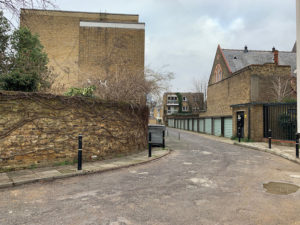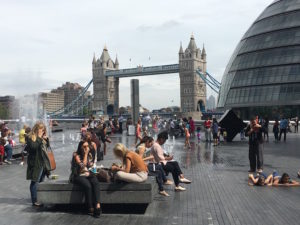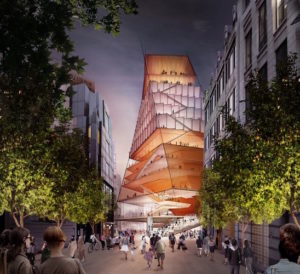One of the most stark examples of the effects of austerity is the level of rough sleeping in London in recent years. The sight of people bedding down on the streets in recent freezing conditions – a relative rarity ten years ago – is now commonplace across many British towns and cities. Social safety nets, including the benefits system, addiction support, mental health services and social housing have been eroded, and we see the consequences every day.
The causes of rough sleeping are complex, but they also represent the sharpest end of the housing crisis. Less visible, but greater in scale is hidden homelessness – 54,540 London families are in temporary accommodation. Many more pay extortionate rents for low-quality housing making home ownership is a distant dream for them. The housing crisis is undoubtedly a national one, but nowhere is it more acute than in London. For a number of reasons – demand, the cost of land, and the cost of labour – London can, and should, be regarded as special case by national government. Yet it is repeatedly left to City Hall, our borough councils and the third sector to make the best of a bad situation.
In transport terms too, London – like the rest of the UK – is being put through its paces. We hear a lot about the cost of large infrastructure projects relative to the rest of the country, but London is home to many of Britain’s most overcrowded stations and services, and to its oldest commuter trains. Following the withdrawal of Transport for London’s £700 million grant from Whitehall, it is now the only major transport network in Europe not to receive support from its own government for its daily operation. Projects like Thameslink and Crossrail aren’t extravagances being lavished on a wealthy city – they’re urgently needed infrastructure without which the engine of the national economy would grind to a halt.
The Metropolitan Police faces a unique set of challenges too, not only in terms of crime and terrorism but also issues that arise as a direct consequence of serving a capital city. The Met protects parliament and the monarchy, secures major football matches, and has responsibility for ensuring that demonstrations of all sorts pass off peacefully and safely. They provide diplomatic protection, facilitate state visits and much more besides. Surely then, you would expect the government to provide adequate funding for these additional responsibilities?
But the reality is that the national and international capital cities grant, which is supposed to reflect the additional burdens placed on the Met and the City of London Police, underfunds the former to the tune of £105 million a year. Ordinary Londoners are left to pick up the tab. All this comes in the context of the Met’s per head spending being reduced faster than that of any other police force in Britain. This means officer numbers are falling. In 2010, the Met had 33,367 officer, for a population of eight million people. By the end of last year, we were left with 29,693 officers for a population that had grown to 8.9 million.
I could go on: the national funding formula is disproportionately hitting London schools; some of London’s boroughs have faced some of the deepest cuts of any local authorities in Britain; parts of London (particularly in the east) have significantly fewer GPs per head than anywhere else in the country. Further still, Whitehall continues to lock London out of the clean air fund, and London’s drivers subsidise transport in the rest of Britain with every penny of vehicle excise duty raised in the capital being spent somewhere else.
Conversely, London clearly has enormous advantages and despite being home to some of the nation’s deepest and most ingrained poverty, the compact geography and vast cultural capital of our city provides for stronger wealth creation and social mobility. Moreover, other parts of the country face inequalities and injustices that we either don’t experience in London or face on a smaller scale here. But my argument is this – firstly, that despite its enormous wealth, London is also a city of profound inequalities that are exacerbated by a government that starves the capital of funding and power. And secondly, while it’s right that politicians stand up for their regions, we mustn’t allow that advocacy to fuel a race to the bottom.
Regions throughout the UK are struggling due to a combination the government pursuing its ideology of small government and the reality of what money is available to allocate to services. This doesn’t put anyone in good stead for whatever type of Brexit is delivered, particularly in the event of a no deal. We fall into this government’s trap and detract from these pressing issues, if we start pitching region against region, and community against community. The anti-London sentiment that weaves its way through the corridors of Westminster and into our newspapers is unfair and unwarranted. This is particularly the case given the extent to which our tax revenues are redistributed outside the capital.
Proper funding for London’s police isn’t an argument against the regeneration of former industrial communities. Making the case for meaningful transport funding in the north east of England isn’t a case against Crossrail 2. We can and should aspire to more than setting one poor community against another, and a positive case for London is an integral part of a positive case for our country.
Len Duvall is London Assembly Member for Greenwich & Lewisham and leader of the Assembly’s Labour group.








